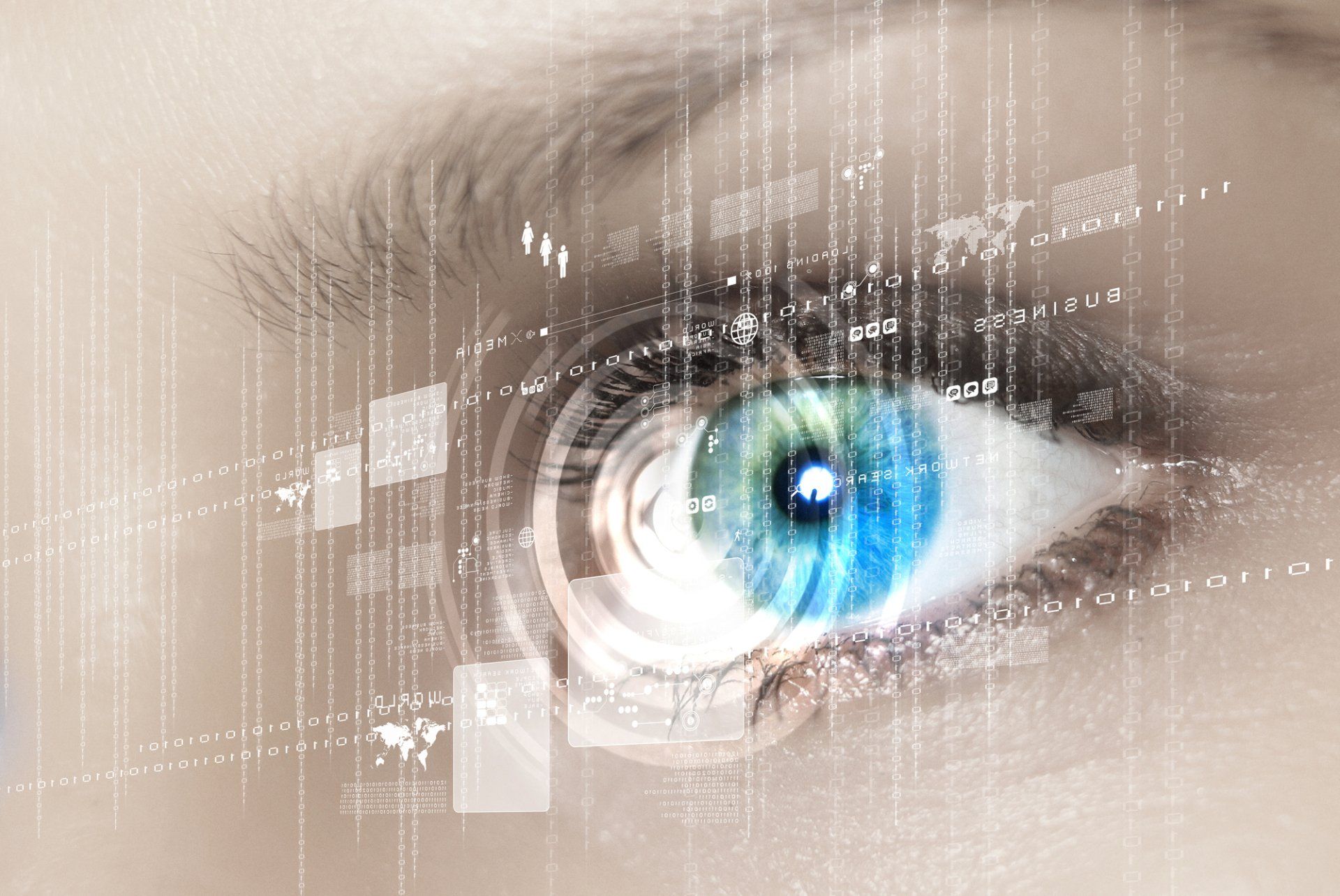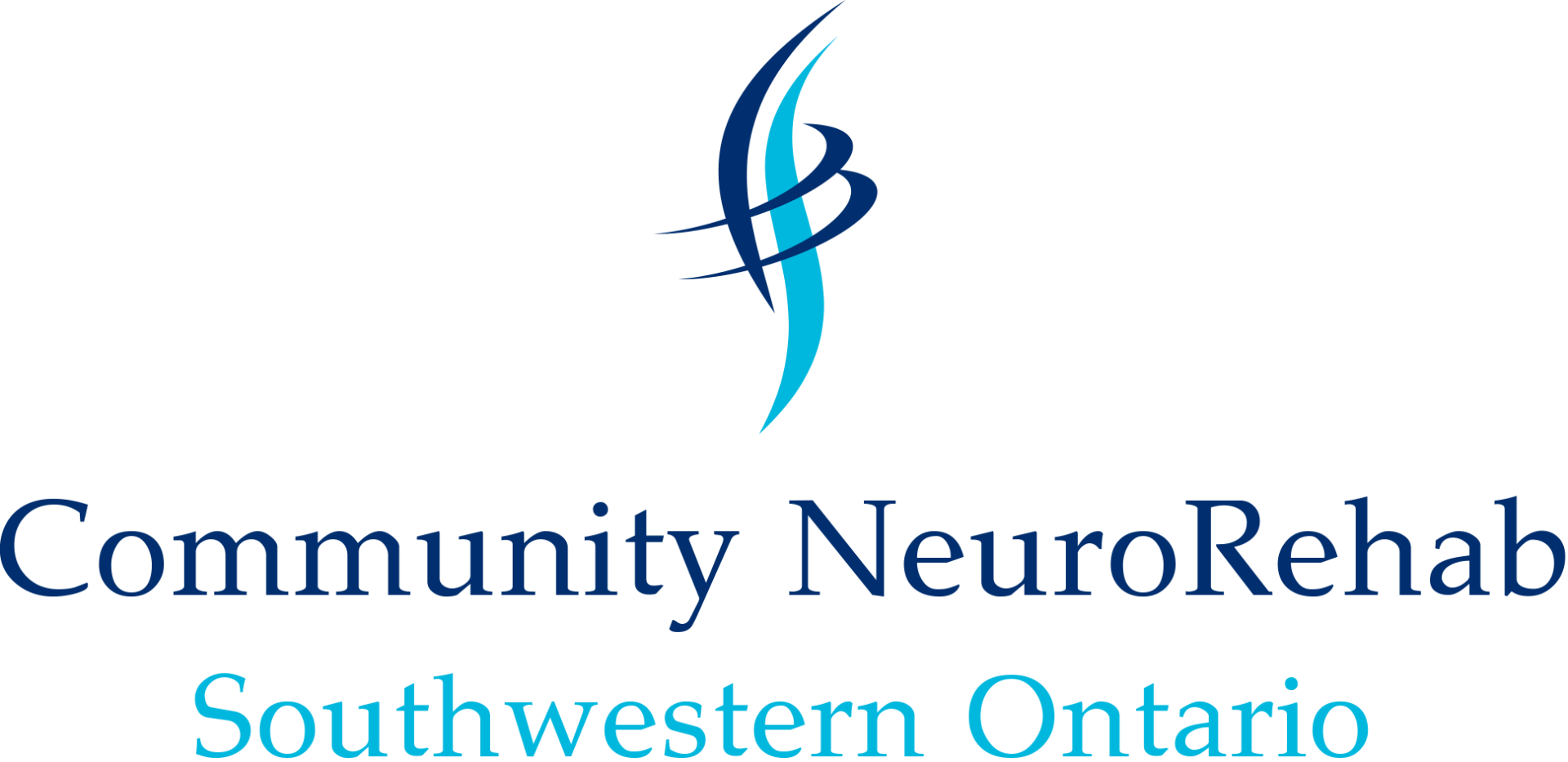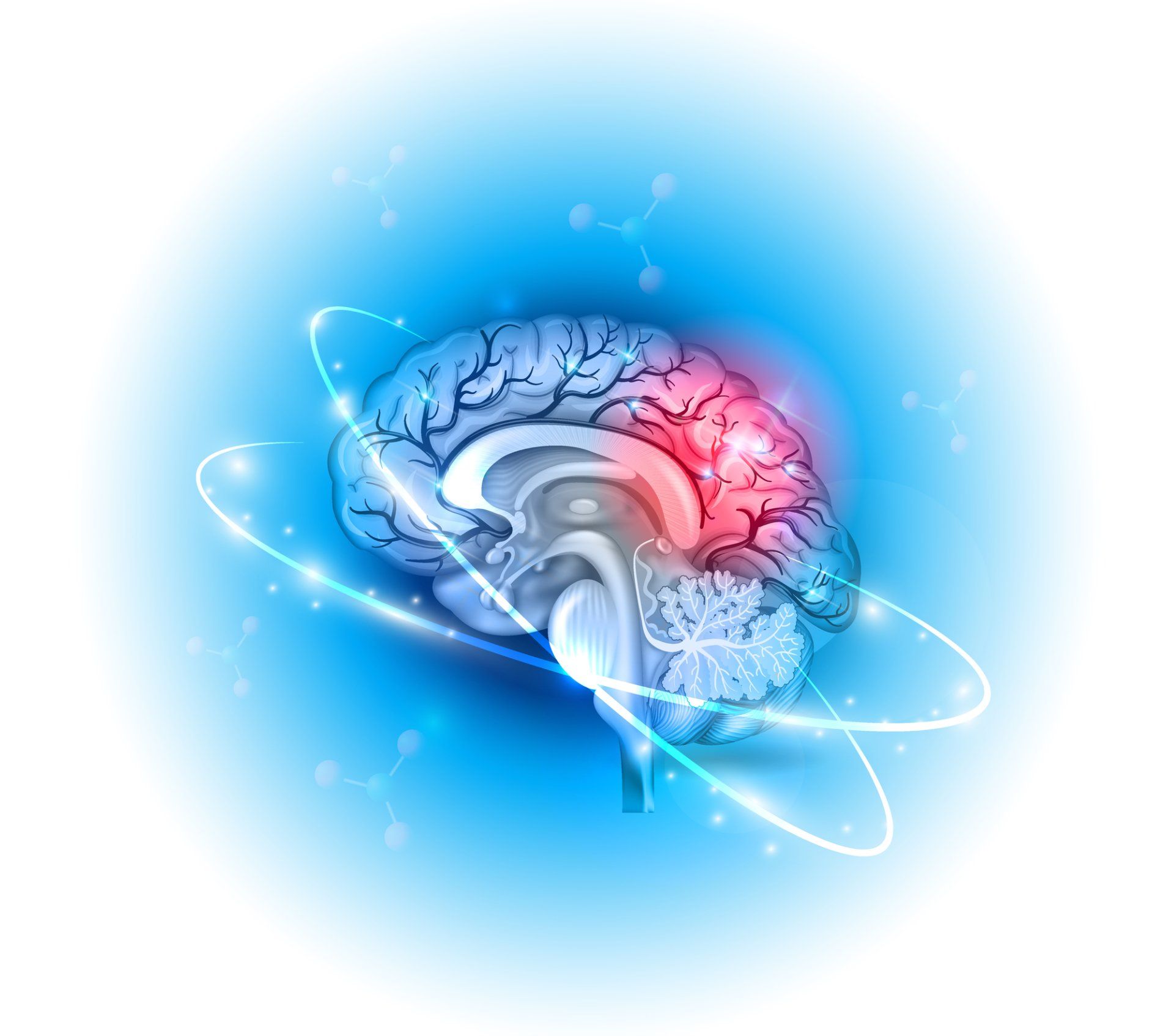Vision Issues Post Brain Injury
- By Janelle Wittig
- •
- 16 Sep, 2018
- •
How common are vision problems post ABI

How common are vision problems post ABI?
• Studies have illustrated that 50-90% of individuals with ABI demonstrate visual dysfunction.
• Underlying visual issues are common in people with post-concussion syndrome.
How can you tell if you have a problem with your vision?
Ask yourself:
| “Can I tolerate going into busy bright
environments (i.e., Costco or |
| “Do I have light sensitivity?” |
| “Do I have difficulty navigating through spaces (i.e., Do I bump into things)?” |
Understanding
your visual symptoms:
Visual Acuity:
How clearly we see things; our ability to focus our eyes
Visual Processing:
Accurate input of visual information |
Vision dysfunction can affect:
• Attention
• Concentration
• Balance
• Spatial orientation
Spatial Vision:
• major contributions to the overall cognitive function
• release from focalization for movement
• frees up higher level process from postural organization and control
• suppresses background info to allow for attention
Post Trauma Vision Syndrome (PTVS):
• constellation of problems after brain insult
• signs and symptoms may include:
| eyes drifting outward |
eyes not working together |
| double vision |
blurred vision |
| light sensitivity |
visual field loss |
| concentration difficulties |
reading problems |
| poor spatial judgment/ depth perception |
sense of midline is off |
• efficiency is a huge problem
• brain is working harder
• difficulty with visual/vestibular integration
• patients complain of fatigue, headaches, dizziness, difficulty driving or in busy environments
Physiotherapists with training and experience working with individuals who have vision issues post-concussion can guide you through treatments to help with integrating all of your systems. They can also make the appropriate referral if necessary to an optometrist with special training in concussion related vision impairments and work with the optometrist’s recommendations.


